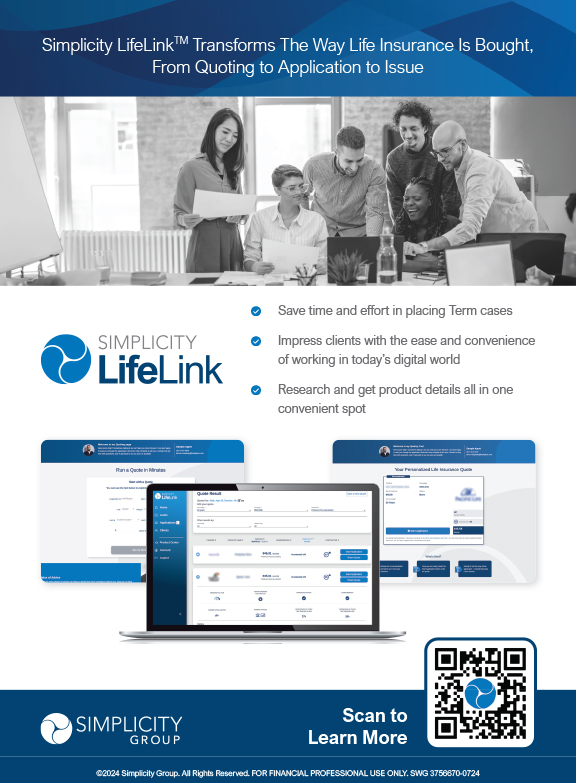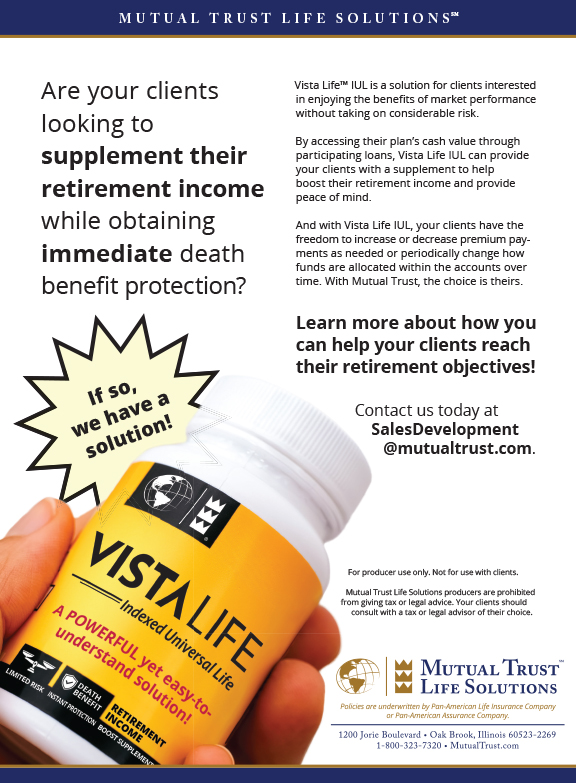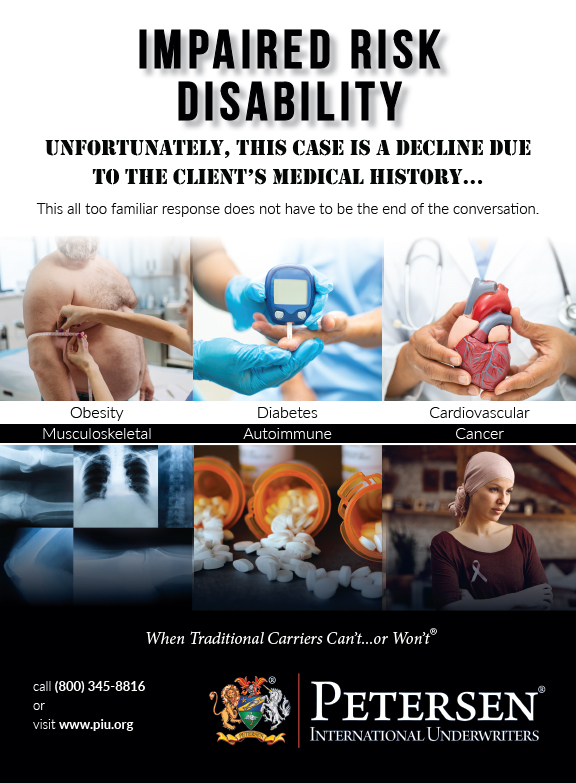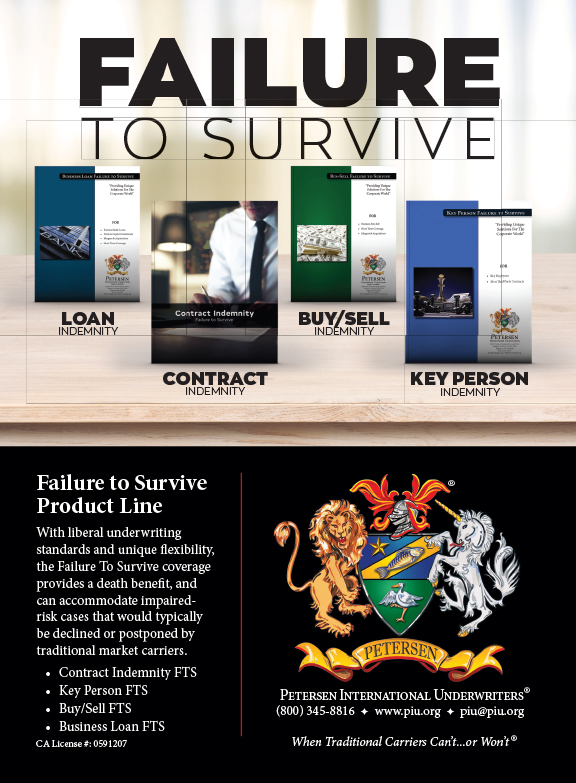Acharitable gift annuity (CGA) is a simple way to make a gift to a charity while retaining a lifetime income stream for the donor. It offers your clients a way to increase their income and get a substantial tax deduction, and the option to restore the value of the charitable gift for their heirs with life insurance.
A simple one-page legal agreement between the charity and the donor is all that it takes to make the plan a reality. The charity agrees to make a private annuity payment to the donor for life. The charity has the option to transfer the financial risk of making these payments to the donor by purchasing a commercial annuity from an insurance carrier. This annuity will be in the form of a single premium immediate annuity (SPIA) which provides the charity with a guaranteed stream of income to meet its obligation to make lifetime private annuity payments to the donor.
The donor can use some of the tax savings and/or income stream to purchase a life insurance policy to restore for heirs the value donated to charity. This “wealth restoration” would take place in the form of an income tax-free life insurance death benefit.
Does this concept sound like something that would interest your charitable minded clients? Let’s take a closer look at this dynamic concept. Listed below are a number of significant tax and benefit advantages for the donor as well as a few important advantages for the charitable organization.
Advantages to Donor
• Converts appreciated capital asset into a lifetime guaranteed income.
• Income tax deduction for present value of remainder interest to charity.
• Asset is removed from estate for estate tax purposes.
• Capital gain on donated asset is spread over donor’s life expectancy.
• Donor can use part of annuity payment to purchase estate tax-free life insurance to “restore” asset for heirs.
• Part of each annuity payment is taxed at lower capital gain rates.
Advantages to Charity
• Charity receives a significant donation.
• Purchase of SPIA commercial annuity by charity guarantees private annuity payments to donor and transfers mortality risk to carrier.
• Donated funds not needed for SPIA purchase may be added to charity endowment portfolio or used for current needs.
• Charity tax-exempt status allows it to sell capital asset with no tax consequences.
• Simple unsecured gift annuity agreement and minimal paperwork.
In order to illustrate the value of the concept more closely, take a look at the hypothetical case scenarios.
Gift of Securities
Example one shows the effect of placing $500,000 of appreciated securities into a CGA arrangement. The capital asset will be donated to the charity and then be sold by the charity. The charity will take the cash proceeds and purchase an SPIA to guarantee its private annuity obligation to the donor. As you can see, there is even a significant amount left over after the purchase of the SPIA for the charity to add to its endowment or use for current charitable purposes.
Female, age 75, wishes to benefit local college and needs more income than her $500,000 of securities is currently providing. If she gives $500,000 to the charity in the form of a CGA, what are the financial results?
Assumptions
Applicable Federal Rate: 2.0 percent
Payout Rate: 5.8 percent (American Council on Gift Annuities recommended amount)
Cost Basis for Securities: $250,000
Adjusted Gross Income: $150,000
Results
• Annual Income to Donor for Life: $29,000 ($5,940 ordinary income, $11,530 capital gain, $11,530 tax free basis).
• Income Tax Deduction: $223,384 (Subject to 30 percent annual AGI limit with five-year carry forward for unused deductions—year one, $45,000; year two, $45,000; year three, $45,000; year four, $45,000; year five, $43,384). In a 35 percent combined tax bracket, this saves $78,184 of taxes over five years.
• Charity purchases $352,473 SPIA to guarantee lifetime payout of $29,000 per year.
• Charity adds $147,527 to its endowment portfolio or spends it for current needs.
• If desired, donor uses part of after-tax annuity payments and/or tax savings to purchase $500,000 life insurance owned by irrevocable life insurance trust or adult children for “asset restoration” purposes.
• An impaired risk SPIA could also be underwritten if the annuitant has a medical impairment. This would decrease the principle sum needed to guarantee the $29,000 per year lifetime SPIA payout.
Gift of Cash
Example two shows the effect of placing $100,000 of cash which has been withdrawn from a low interest bearing account and placed into a CGA arrangement. Even with this more modest amount, an amount is left over after the purchase of the SPIA for the charity to use for current charitable purposes.
Female, age 75, wishes to benefit local college and needs more income than her $100,000 money market account is currently providing. If she gives $100,000 of cash to the charity in the form of a CGA, what are the financial results?
Assumptions
Applicable Federal Rate: 2.0 percent
Payout Rate: 5.8 percent (American Council on Gift Annuities recommended amount)
Cost Basis for Cash: $100,000
Adjusted Gross Income: $50,000
Results
• Annual Income to Donor for Life: $5,800 ($1,189 ordinary income, $4,611 tax free basis).
• Income tax deduction: $44,677 (Subject to 50 percent annual AGI limit with 5-year carry forward for unused deductions—year one, $25,000; year two, $19,677.) In a 25 percent combined tax bracket, this saves $11,169 of taxes over two years.
• Charity purchases $70,578 single premium immediate annuity to guarantee a lifetime payout of $5,800 per year.
• Charity adds $29,422 to its endowment portfolio or spends it for current needs.
• If desired, donor uses part of after-tax annuity payments and/or tax savings to purchase $100,000 life insurance for “asset restoration” purposes.
• An impaired risk SPIA could also be underwritten if the annuitant had a medical impairment. This would decrease the principle sum needed to guarantee the $5,800 per year lifetime SPIA payout.








